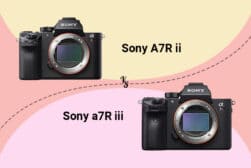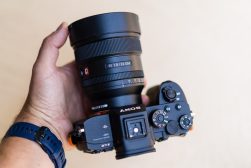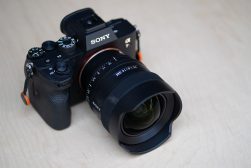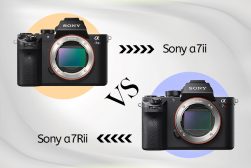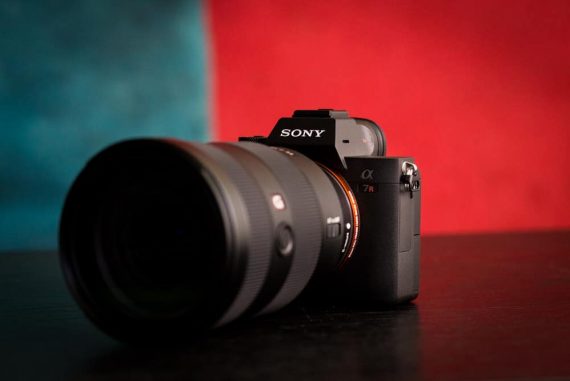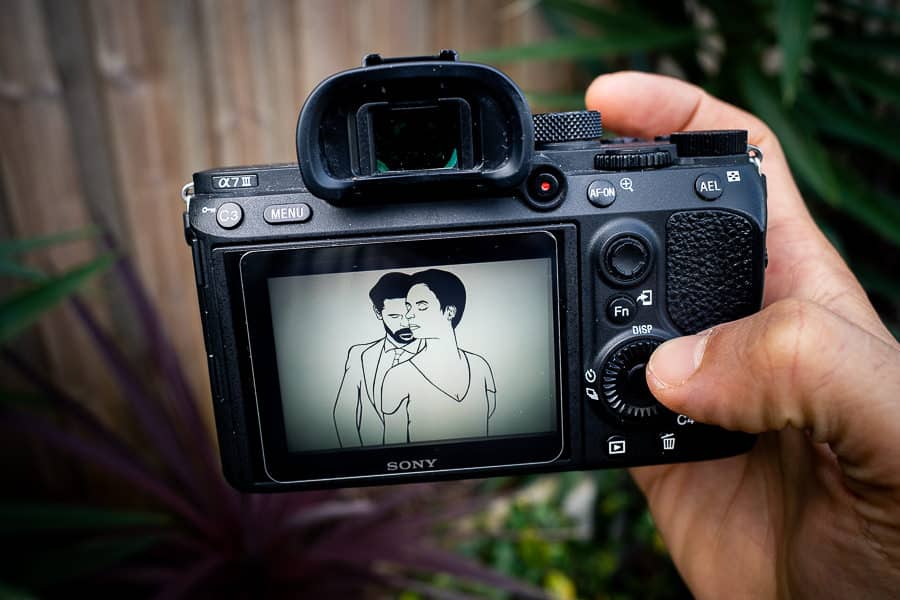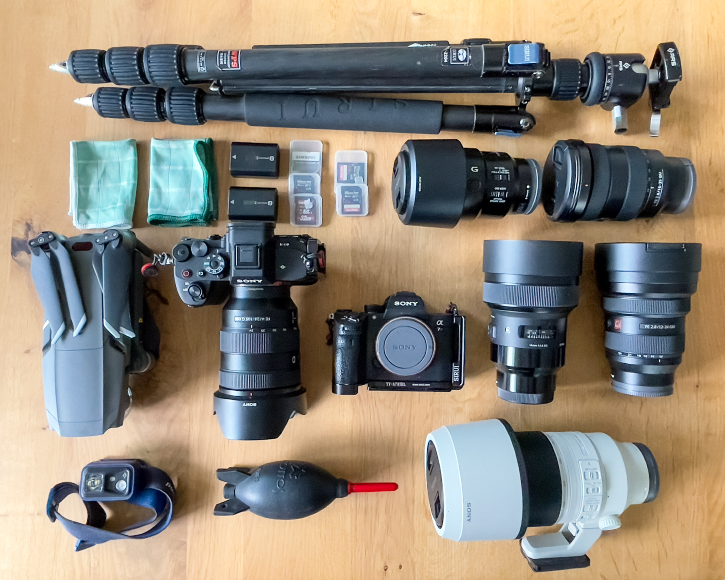
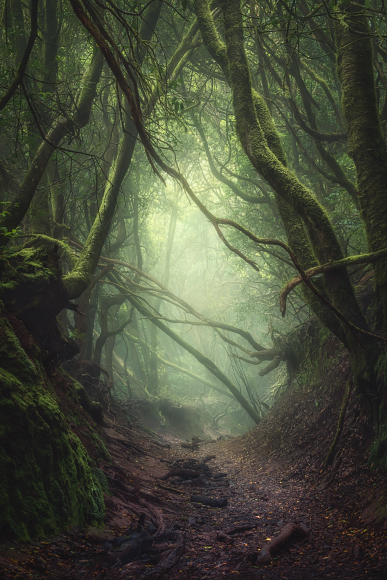
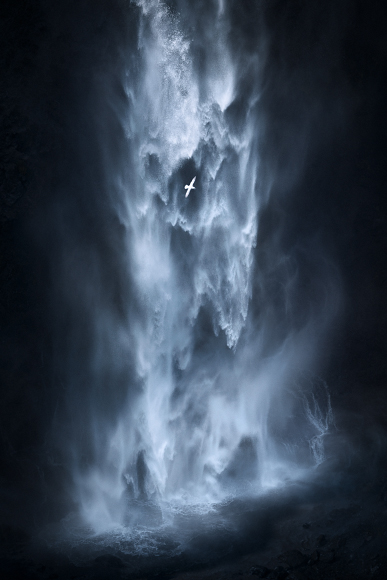
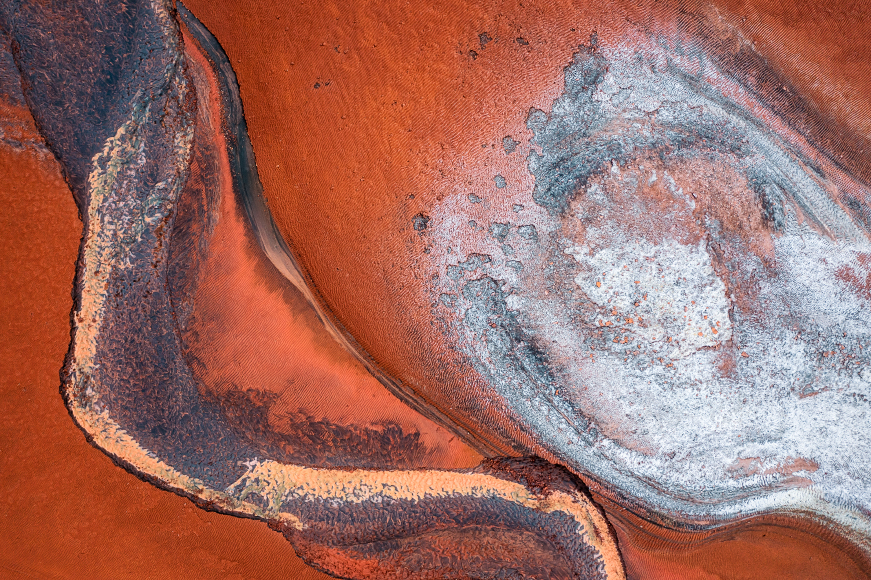
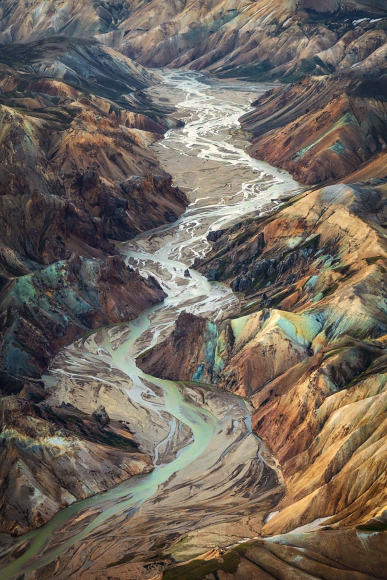
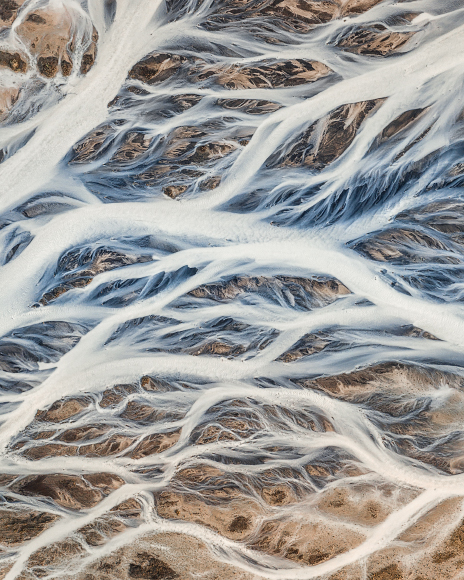
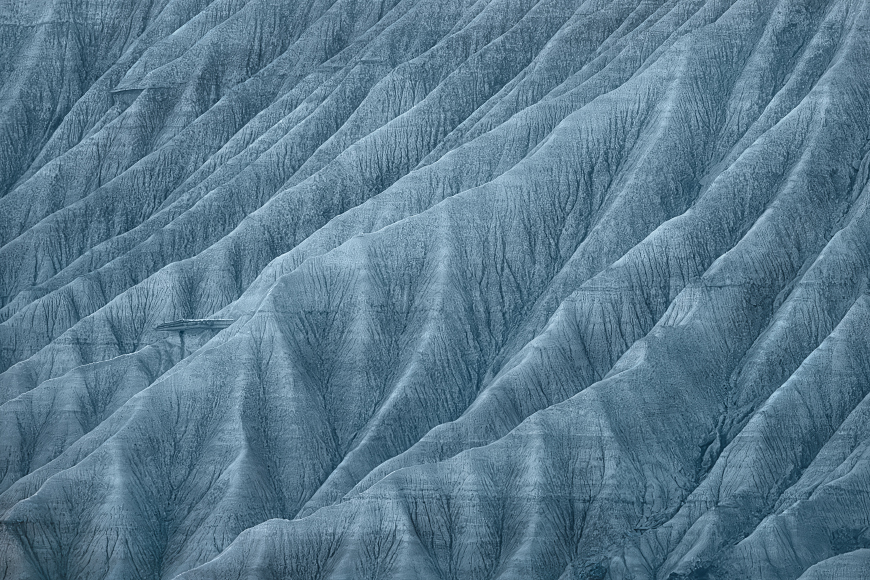
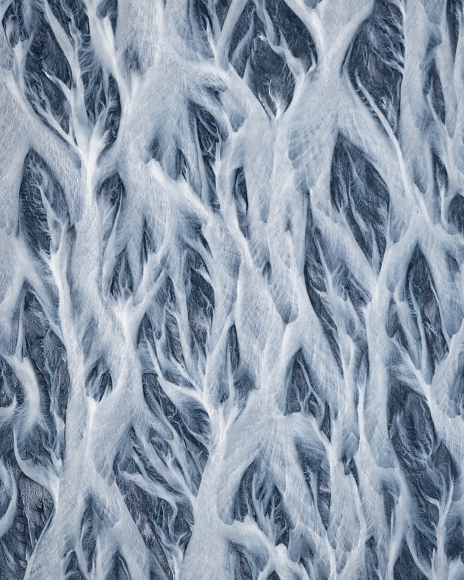
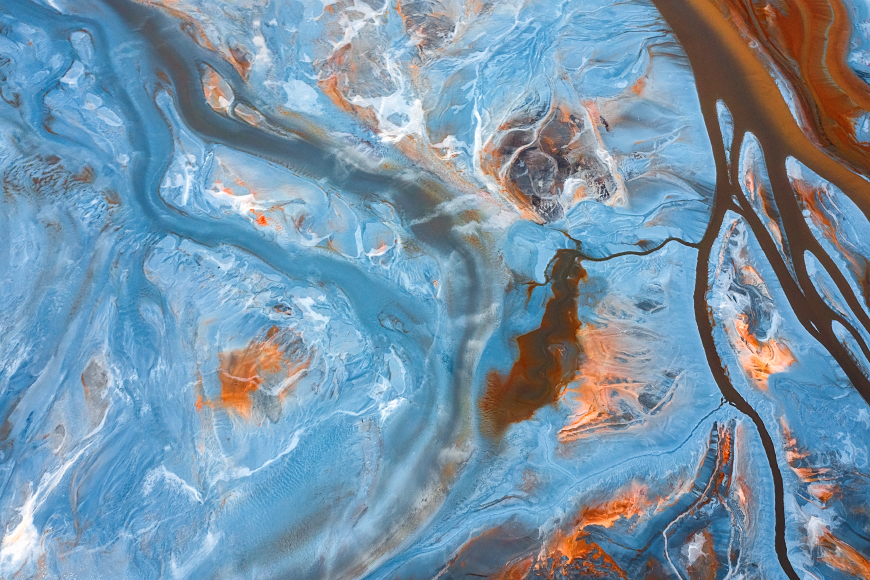
Kai Hornung
Fine Art | Last Updated: October 4, 2023
Hey, I am Kai Hornung, a professional landscape and fine art photographer who lives and breathes mostly in Hanover, Germany.
While I had some experience with photography and minor editing before, I consider 2016 as the start of my career.
My main creative outlet had been singing in a rock band, but now I have turned photography into a second career.
I lead photography workshops, hold talks, write and love any art.
I love photographing wide and dramatic natural vistas, but even more so, the finer and smaller details of our natural surroundings.
To me, an image is great when it is less about the subject in front of the camera and more about the expression of the person behind it.
The gear is necessary to create the image, so let me take you on a tour.
I often photograph in demanding conditions like heavy rain, storms, snow, heat and cold, so I need my gear to be reliable.
The less I need to worry about the gear and the less time I need to spend with it, the better. Fumbling around with filters, for example, is only something I do when absolutely necessary.
I like to focus one hundred per cent on my environment, listening to images call for me.
Sony A7R V – I want my images to be sharp and detailed, and the Sony A7R V really delivers. When a client demands a large print of my images, I need them to be pristine, and this camera gives me first-class results.
My backup camera, the Sony A7R III, provides me with quality images as well. The flip screen, internal bulb mode timer, which doesn’t need to use an external remote shutter, and the automatic focus stacking are welcome upgrades in the new model.
It all makes life easier!
I am using several different Sony lenses all for different purposes, and the real workhorses are:
Sony 100-400mm f/4.5-5.6 G – I absolutely love this lens. Although it is heavier than my other lenses, it is in my bag pretty much all of the time. The images are sharp, even in the corners, and I simply love using a tele in all different kinds of situations.
Sony FE 24-105mm f/4 G OSS – this is my always-on lens as the range is perfect for what I mostly shoot. It is a light and very versatile lens. I would like it to be a bit sharper in the corners, but that is just nitpicking.
Sony 16-35mm f/2.8 G – this wide-angle lens I used extensively for my wide vista images when I was starting out. It produces really sharp images with great quality. It even lets enough light in to make it a great lens for photographing the aurora borealis.
Sony 90mm f/2.8 G OSS – this macro lens is the newest lens I own. It enables me to photograph the smallest details in nature. Its sharpness and overall top quality make it a great lens all around. What most people don’t realise is that it is great for portraits as well.
Sony 12-24mm f/2.8 G – another great lens which I hardly ever use simply because I do not photograph that wide these days.
As a former brand ambassador for F-stop camera bags, I own a few, but the F-stop Ajna is the one I use most often. I usually carry more gear with me than I need (better to have than to need, right?), and it all fits nicely.
Peak Design Secure Straps – these particular straps are small but invaluable pieces of gear. They provide safety and make sure I don’t accidentally drop my camera when hiking and scrambling over rocks.
Sirui W2202 – I have been using this tripod for six years now. Yes, I have considered getting a replacement, but this tripod still gets the job done and is a trusted partner.
So I guess I will keep using it until it falls apart. I do hope I haven’t didn’t jinxed it!
Really Right Stuff BH30 Ballhead – this ballhead is pricey, but I love working with it. Just like the entire tripod, it has taken some beating through all the elements, but it is a trusted partner in the field, and I wouldn’t want to be without it.
For many nature photographers, their sole focus is on cameras and photo equipment. But in order to feel comfortable, to stay warm and not sweat too much, great clothing is essential.
I mostly wear several layers with merino wool as a base layer, which I cannot recommend enough. My outdoor gear is mostly from Ortovox and Arcteryx. It is pricey, but it hasn’t let me down as yet and keeps me warm in cold conditions like winters in the north of Norway or Iceland. In these cold conditions, I rely on gloves from The Heat Company.
My one essential piece of gear is my trusted MuckBoots. These are insulated wellies, which make me look silly when walking around, but I would rather look silly than have freezing or wet feet.
Also, don’t forget the crampons when in the Arctic!
I work on a Mac, having switched from a 27“ Apple iMac to an Apple MacBook Pro, connected with an Eizo CG2700X monitor earlier this year.
My editing is done with Adobe software. I use Lightroom for organising my images and doing the basic raw adjustments. I then head over to Photoshop to do the finer work.
I sometimes use Plugins like DxO (former Nik-Collection) and an older software from Skylum for minor contrast adjustments. Helicon Focus sometimes gets used for focus stacking plus Topaz Gigapixel gets a run when very large prints are requested.
My Photoshop workflow wouldn’t be the same without the use of the TK9 panel, Greg Benz’s Luminar and WebSharpener. Those action panels are huge time savers when working with precision and sophisticated masking.
When I pack my camera, I always take my Black Diamond headlamp, some spare batteries, a change of clothes, some bananas and water.
I also always bring a little dust blower, and several bamboo cloths, which are very useful in wiping water drops off the lens. Zeiss lens wipes are the next step if dust blower and cloth don’t get the job done.
If allowed, I will take the DJI Mavic Pro 2 drone with me, but most of the time, it stays at home.
Always remember while you need your camera to record light, it is your head, heart and soul which make it a real image.
Enjoy taking photos and be creative!





